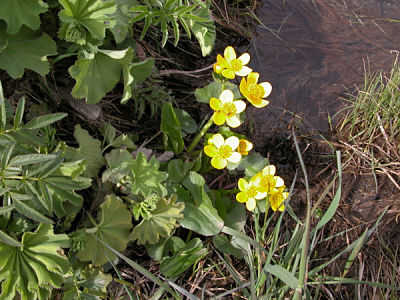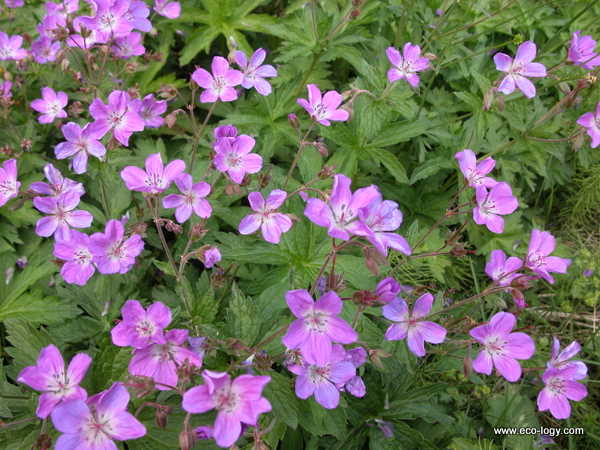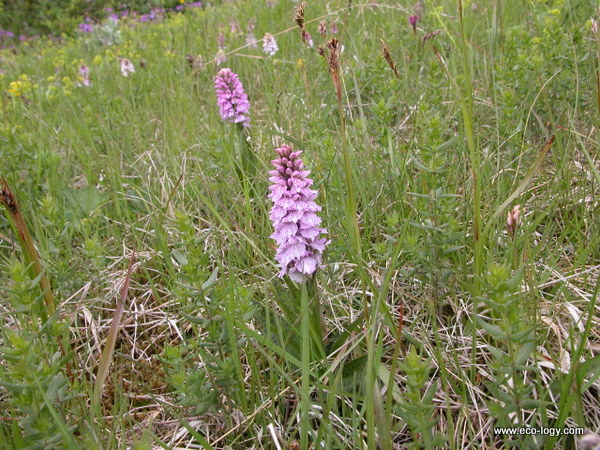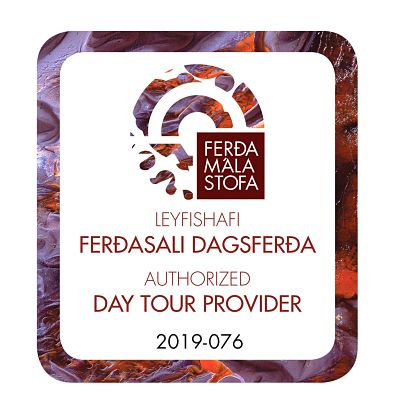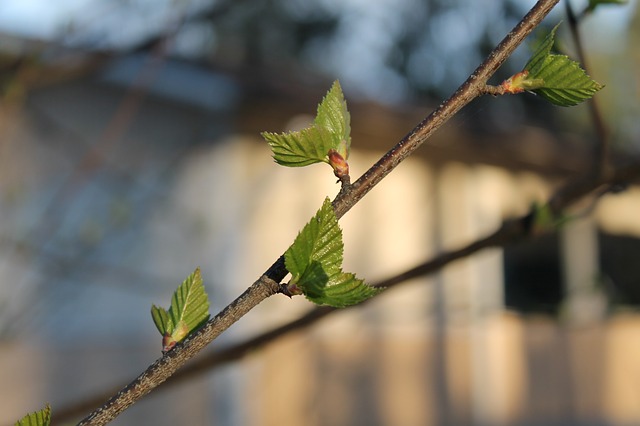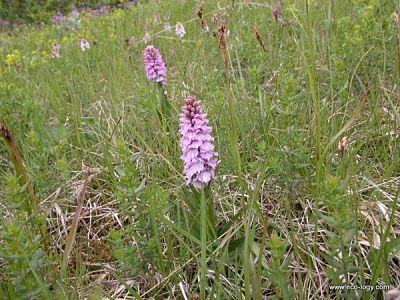The growth and survival of introduced Holcus lanatus
in grassland patches
A mown grassland in Wales was chosen as the study
site because of its relatively homogeneous structure and
absence of large grazers such as sheep and cattle. A
closely mown sward is ideal for experimental studies as
it is easy to create patches of a well defined size. A
large field experiment was carried out and important
findings of the study were reported by Arnthorsdottir
(1994). Patches of Holcus lanatus were created in
the field to examine the effect of invasion by
neighbours. The introduced patches of Holcus are
referred to here as Holcus stands. This paper
adds to an understanding of the effect of the size of a
Holcus stand and plant position within it on
plant performance and survival.
In early spring, each Holcus stand was planted
into disturbance patches from which all vegetation had
been cleared. The performance of Holcus in the
patches is a strong indicator of the resources available
to the plants. Holcus commonly forms dense
aggregations in Welsh grasslands and is a dominant
species in the mown grassland of the present study.
The major recordings on Holcus in the patches
involved measures of the change in the overall density
of Holcus as well as detailed recordings of the
performance and survival of individual plants in
relation to patch parameters. The results reflect the
effect of the patch size, position of a plant within the
patch and the relative importance of intra- and
interspecific interactions of Holcus and its
neighbours. Importantly, the experiment allows a
comparison of the growth and survival of Holcus
to be made at the same density. The Holcus plants
were planted into the stands. The effect of excluding
neighbours from the Holcus stands was also
examined.
The survival of Holcus plants clearly depends on
the size of a Holcus stand. While the Holcus
plants were originally introduced at the same density,
they survived best in the largest Holcus stands.
Interestingly, position within a Holcus stand was
important for plant survival. In general, the plants
grew best in the larger Holcus stands and in the
centres where there was less invasion of neighbours.
The production of adventitious roots differed with the
type of Holcus stand and position of plants. The
greatest differences were between edges of large
Holcus stands, with or without invasion. Some of the
Holcus plants formed adventitious roots in the
smaller Holcus stands and the direction of
running tended to be into the Holcus stand.
Edge invaders had little effect on the formation of
runners by the resident Holcus.
Resources, in particular nutrients, are
likely to be enhanced per area and per individual
Holcus plant in the larger Holcus stands.
This likely explains the enhanced survival and performance
of Holcus plants with an increased size of a
Holcus stand. Larger Holcus stands
probably contain more nutrients per unit area, while
moisture may be reduced and temperature fluctuations
greater. However, light levels are likely not very
limiting in the tightly mown sward of the current study.
Selfthinning occurs in the centres of those Holcus
stands where neighbours are excluded. Survival is higher
in the larger Holcus stands. The difference
between Holcus stands with and without invasion
is most pronounced in patch centres. Holcus
stands with natural invasion from the edge have a higher
survival of plants in the centre. The results indicate
an increased intraspecific competition in the centres of
Holcus stands, especially were invaders from the
surrounding sward were kept out. Selfthinning is likely
to be occurring in centres of Holcus stands where
fewer individuals survive to grow larger.
By Soffia Arnthorsdottir
Literature cited
Arnthorsdottir, S. 1994. Colonization of experimental
patches in mown grassland. Oikos 70: 73-79.
Fáðu nýjustu fréttir og tilboð frá Þund!
Get updates and special offers from Thund!

